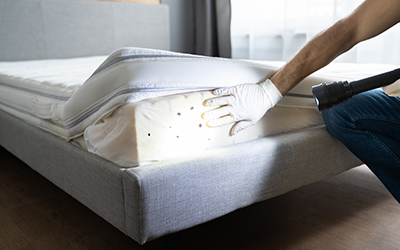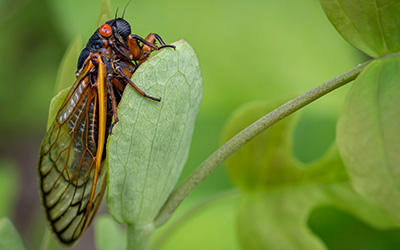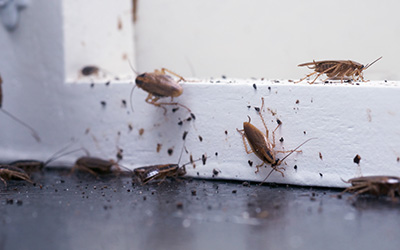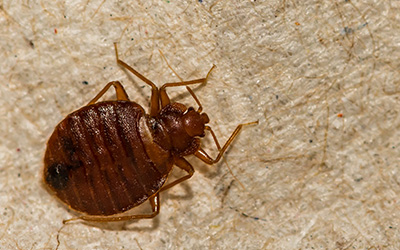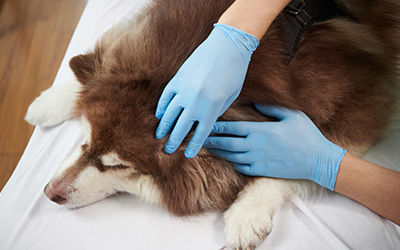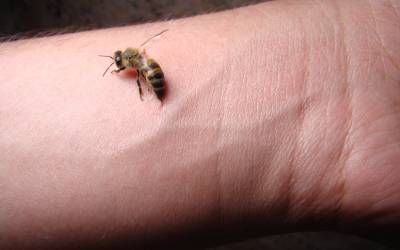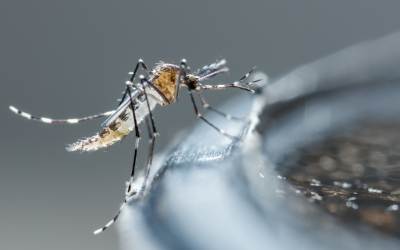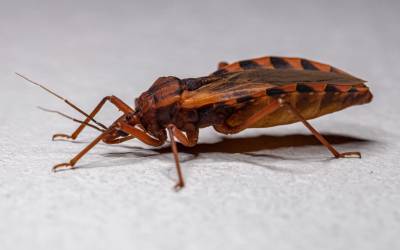In hospitality, the comfort and well-being of your guests is always a top priority. The last thing you need is for a bed bug infestation to ruin their stay and damage your reputation. While it may feel impossible to keep bed bugs out when people are constantly coming and going, there are some precautions businesses such as hotel management can take to minimize risk. Here’s what hotel management needs to know about bed bugs.
How Common Are Bed Bugs in Hotels?
Bed bugs are notorious for hitchhiking on travelers, which makes hotels a hot spot for infestations. As people come and go, they may bring all sorts of insects, and with a constant flow of hosts, bed bugs can thrive in any type of hotel environment.
Though many people do not associate bed bug infestations with cleanliness, they can happen in even the best-kempt hotels. Unfortunately, if somebody brings them into your establishment, they can spread like wildfire from room to room.
How Can You Prevent Bed Bugs as a Hotel Manager?
It’s incredibly difficult to entirely prevent bed bugs as a hotel manager; since there are so many travelers, an infestation can spring up at nearly any time. Being aware of bed bugs and taking quick action is the best way for hotels to protect their guests and their reputations. Here’s what you can do to minimize the risk of a severe infestation:
- Put insect-proof encasements on mattresses
- Incorporate inspections into regular cleaning routines
- Steam clean all upholstered furniture, including headboards
- Keep guest rooms and common areas free from clutter
- Monitor feedback from guests to see if anyone reports bed bugs
- Coordinate with a commercial pest control professional
Signs of Bed Bugs in Hotels
As your staff cleans rooms after each guest, they should also be on the lookout for bed bugs. The faster they can catch an infestation, the more easily you will be able to contain it. Educate your staff on the signs of bed bugs in hotels, which include:
- Visible Bugs: Bed bugs are small, reddish-brown insects that can sometimes be seen crawling on mattresses, bedding, or furniture.
- Dark Spots: Dark spots or stains on bedding, mattresses, or furniture may indicate bed bug fecal matter or blood stains left behind after feeding.
- Eggshells and Shed Skins: Bed bugs shed their skins as they grow, leaving behind translucent eggshells and molted exoskeletons in areas where they hide.
- Musty Odor: A sweet, musty odor may be present in rooms with a significant bed bug infestation, particularly in enclosed spaces like closets or behind furniture.
What to Do if Your Hotel Has Bed Bugs
Finding bed bugs in your hotel is an incredibly stressful situation. It’s important to take fast action to prevent the infestation from spreading and potentially harming more guests. In such circumstances, it’s best to turn to professional bed bug exterminators. These experts have the knowledge, experience, and tools necessary to effectively eliminate bed bugs and minimize disruption to hotel operations.
At Batzner Pest Control, we’re proud to offer a wide range of bed bug removal services for hotel managers in Wisconsin. We offer discreet services that will quickly contain the issue without alarming guests. If your hotel is experiencing an outbreak of bed bugs, contact us today!

